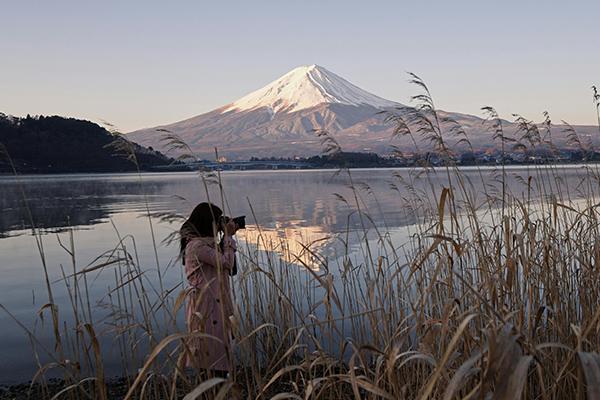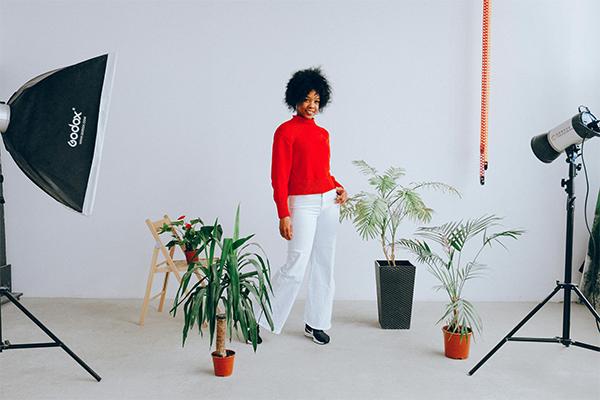Introduction: Photography is an art that heavily relies on the manipulation and understanding of light. Whether it’s natural sunlight streaming through a window or carefully positioned artificial lights in a studio setting, mastering the interplay between light and shadow is essential for creating captivating and visually striking images. In this comprehensive guide, we will delve deep into the intricacies of both natural and artificial lighting in photography, exploring techniques, tips, and best practices to help you elevate your photography skills to new heights.
Part 1: Understanding Natural Lighting Natural lighting refers to the illumination provided by the sun, moon, and stars. It is dynamic and ever-changing, presenting photographers with a myriad of opportunities and challenges. In this section, we will explore the characteristics of natural light and how to harness its power to enhance your photographs.
1.1 The Qualities of Natural Light Natural light varies in intensity, color temperature, and direction depending on factors such as time of day, weather conditions, and geographical location. Understanding these qualities is crucial for utilizing natural light effectively in photography.
1.2 The Golden Hour The golden hour, also known as the magic hour, occurs shortly after sunrise and before sunset when the sun is low on the horizon, casting a warm, golden glow. Learn how to make the most of this magical time of day to capture stunning portraits, landscapes, and cityscapes.
1.3 Using Window Light Window light can be a photographer’s best friend, providing soft, diffused illumination perfect for portrait photography and still-life compositions. Discover techniques for positioning your subject in relation to the window and manipulating the quality of light to achieve desired results.
1.4 Working with Harsh Light While soft, diffused light is often preferred for photography, harsh sunlight can also create dramatic effects when used thoughtfully. Learn how to embrace harsh light conditions and employ techniques such as backlighting and shadow play to add depth and interest to your images. 1.5 Cloudy Days and Overcast Skies Contrary to popular belief, cloudy days and overcast skies can offer excellent lighting conditions for photography. Explore tips for making the most of soft, even lighting on cloudy days, including using reflectors and adjusting your white balance settings.
Part 2: Mastering Artificial Lighting Artificial lighting refers to any light source that is not produced by the sun or other natural sources. From studio strobes to LED panels, artificial lights offer photographers precise control over intensity, color, and direction. In this section, we will delve into the world of artificial lighting and learn how to wield it effectively to create striking images.
2.1 Types of Artificial Light Sources There are various types of artificial light sources available to photographers, each with its unique characteristics and applications. Explore the differences between continuous lighting, such as LED panels and fluorescent bulbs, and flash lighting, including studio strobes and speed lights.
2.2 Basic Lighting Setups Mastering artificial lighting begins with understanding basic lighting setups, such as the three-point lighting technique commonly used in portrait and commercial photography. Learn how to position key, fill, and backlight sources to sculpt your subject and create dimensionality in your images.
2.3 Modifiers and Light-Shaping Tools Modifiers and light-shaping tools play a crucial role in controlling the quality and direction of artificial light. From soft boxes and umbrellas to grids and snoots, discover how these accessories can help you achieve the desired mood and atmosphere in your photographs.
2.4 Balancing Natural and Artificial Light One of the most challenging aspects of photography is seamlessly blending natural and artificial light sources to create balanced and harmonious compositions. Explore techniques for mixing ambient light with artificial light sources to achieve natural-looking results in various shooting scenarios.
2.5 Creative Lighting Techniques Once you’ve mastered the fundamentals of artificial lighting, it’s time to unleash your creativity and experiment with unconventional lighting techniques. From light painting and long exposures to colored gels and multiple exposures, the possibilities are endless when it comes to creating unique and visually stunning images.
Conclusion: Mastering natural and artificial lighting in photography is a lifelong journey that requires patience, practice, and a keen eye for detail. By understanding the qualities of natural light, mastering artificial lighting techniques, and experimenting with creative lighting setups, you can elevate your photography to new heights and capture breathtaking images that tell compelling stories and evoke powerful emotions. So grab your camera, explore the world of light, and let your creativity shine